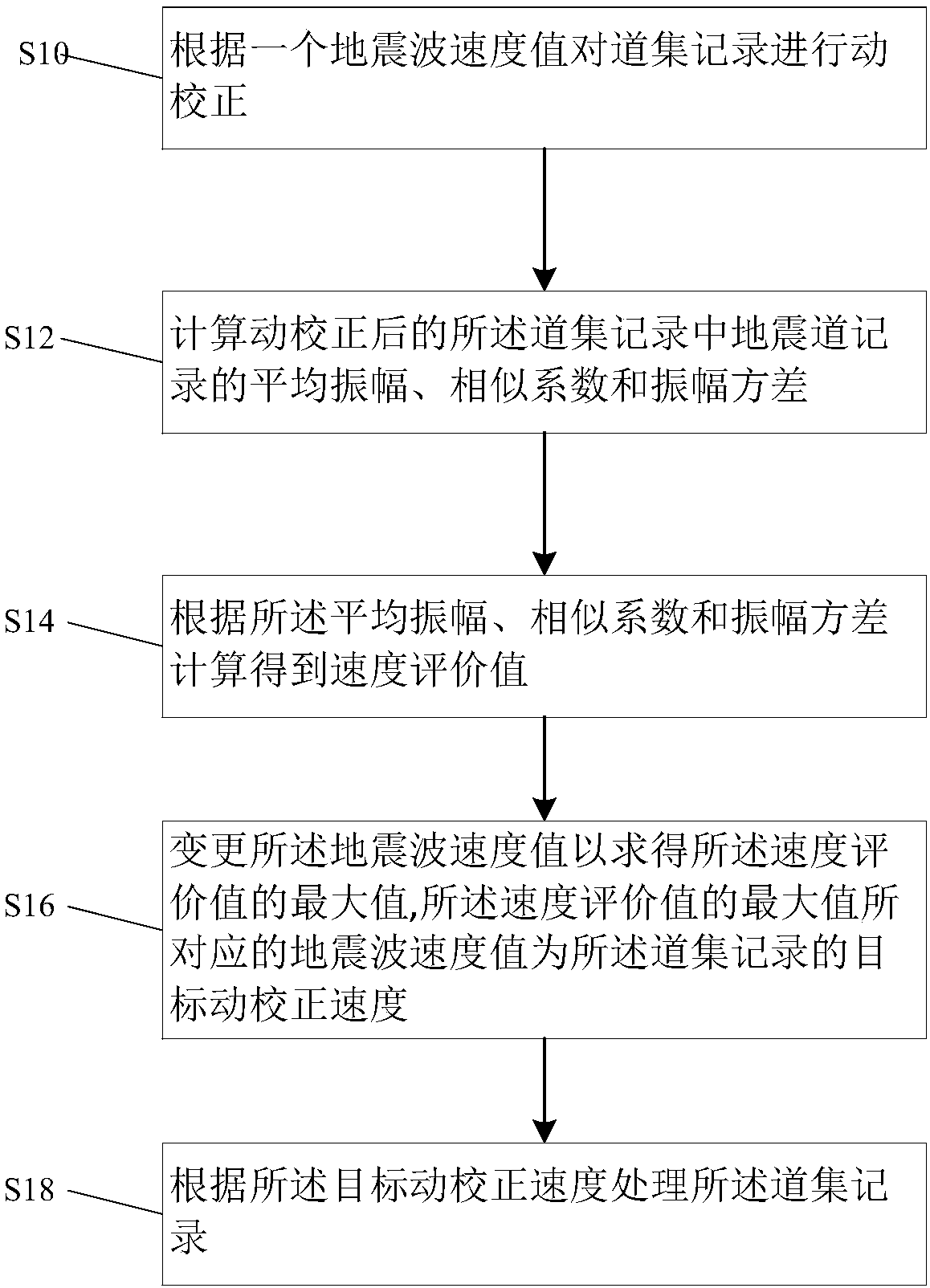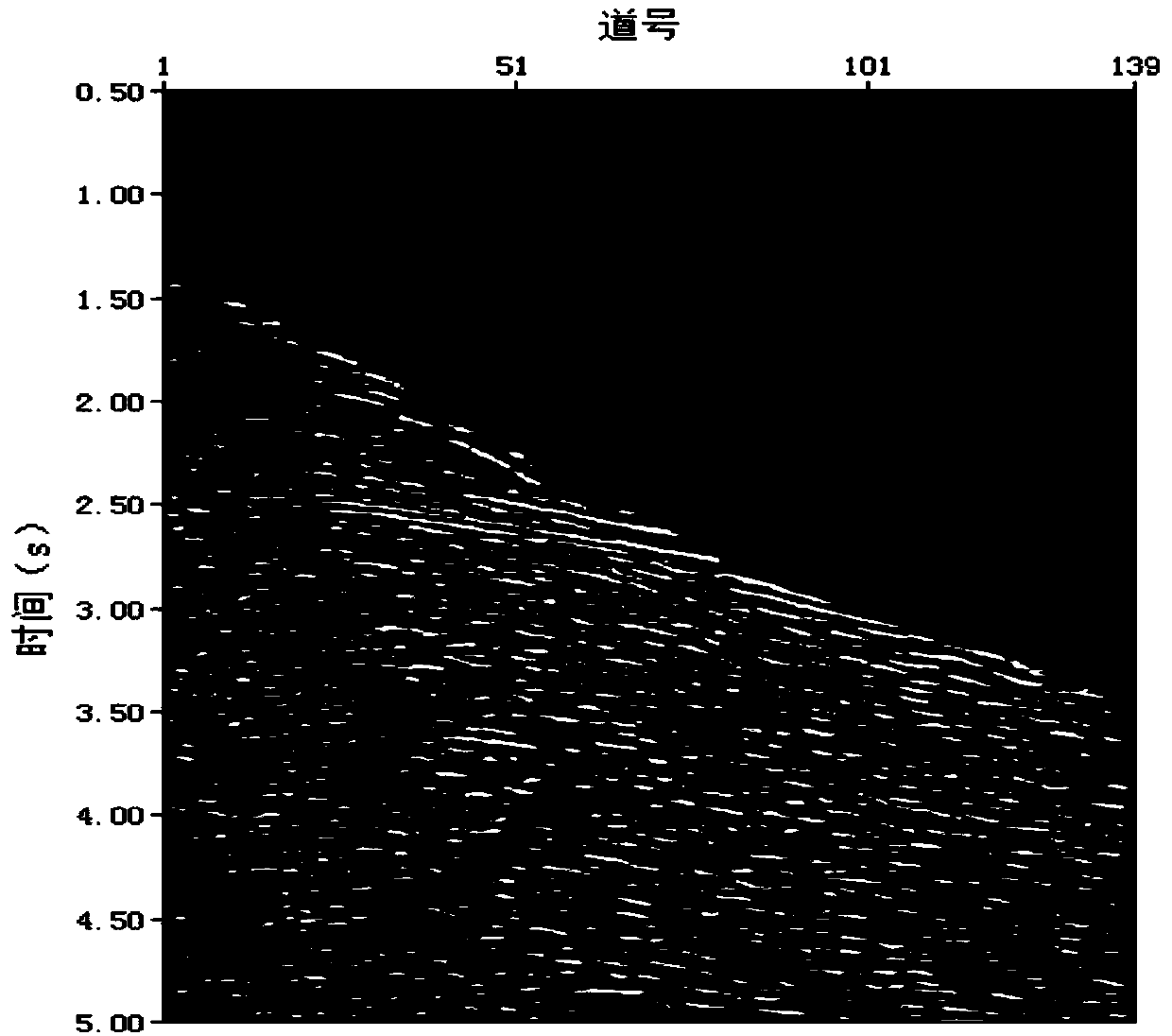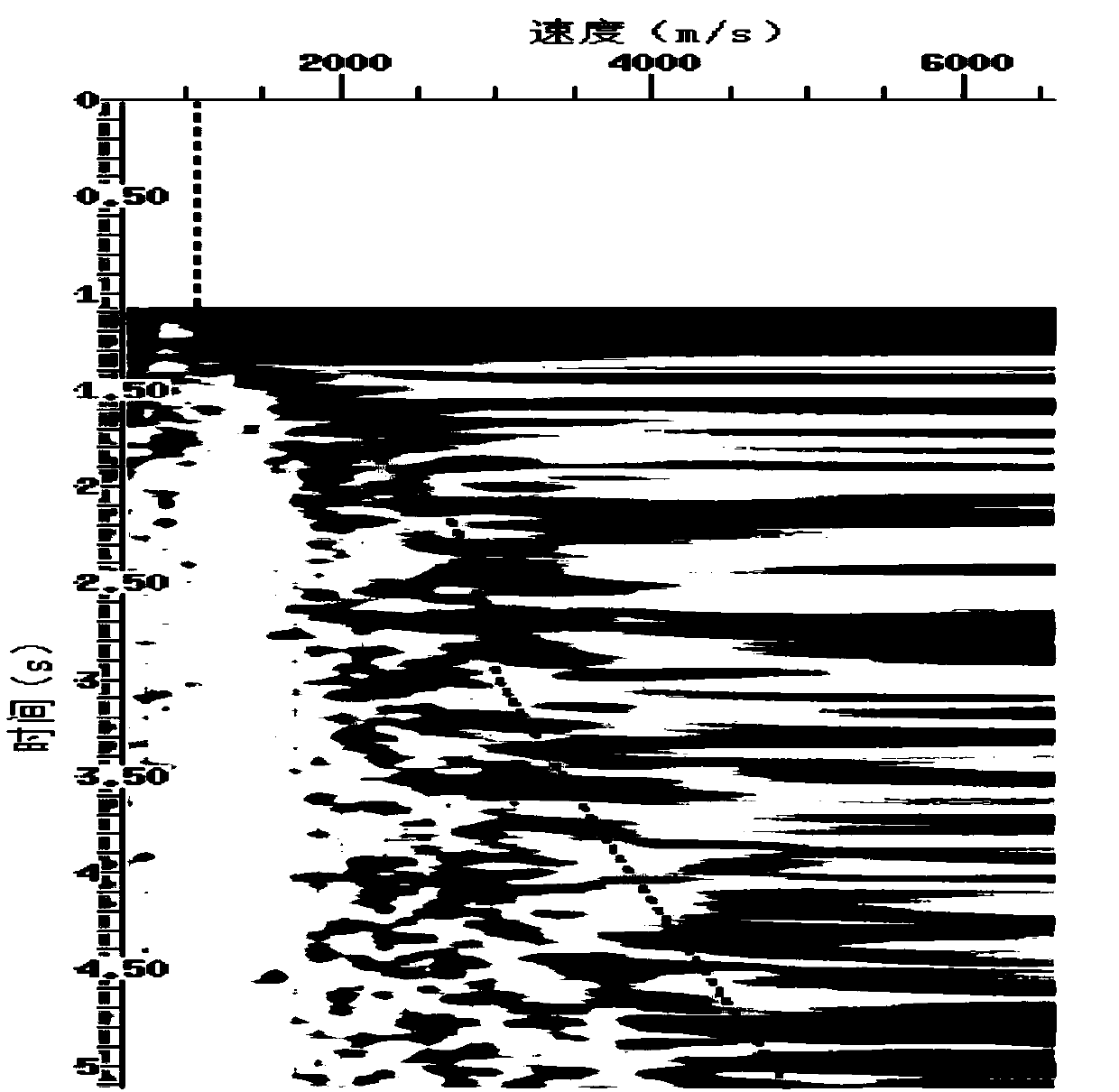Processing method and device for trace gather record and storage medium
A gather and variance technology, applied in the field of geophysical exploration, can solve problems such as variation, influence on gather record processing results, time-consuming and labor-intensive effects, etc.
- Summary
- Abstract
- Description
- Claims
- Application Information
AI Technical Summary
Problems solved by technology
Method used
Image
Examples
Embodiment Construction
[0020] Embodiments of this specification provide a method, device, and storage medium for processing gather records.
[0021] In order to enable those skilled in the art to better understand the technical solutions in this specification, the technical solutions in this specification will be clearly and completely described below in conjunction with the accompanying drawings in this specification. Obviously, the described The embodiments are only some of the embodiments in this specification, not all of them. Based on the implementations in this specification, all other implementations obtained by persons of ordinary skill in the art without creative efforts shall fall within the protection scope of this specification.
[0022] The method for processing gather records provided by the embodiments of this specification will be described in detail below with reference to the accompanying drawings. Although this description provides the method operation steps described in the foll...
PUM
 Login to View More
Login to View More Abstract
Description
Claims
Application Information
 Login to View More
Login to View More - R&D
- Intellectual Property
- Life Sciences
- Materials
- Tech Scout
- Unparalleled Data Quality
- Higher Quality Content
- 60% Fewer Hallucinations
Browse by: Latest US Patents, China's latest patents, Technical Efficacy Thesaurus, Application Domain, Technology Topic, Popular Technical Reports.
© 2025 PatSnap. All rights reserved.Legal|Privacy policy|Modern Slavery Act Transparency Statement|Sitemap|About US| Contact US: help@patsnap.com



